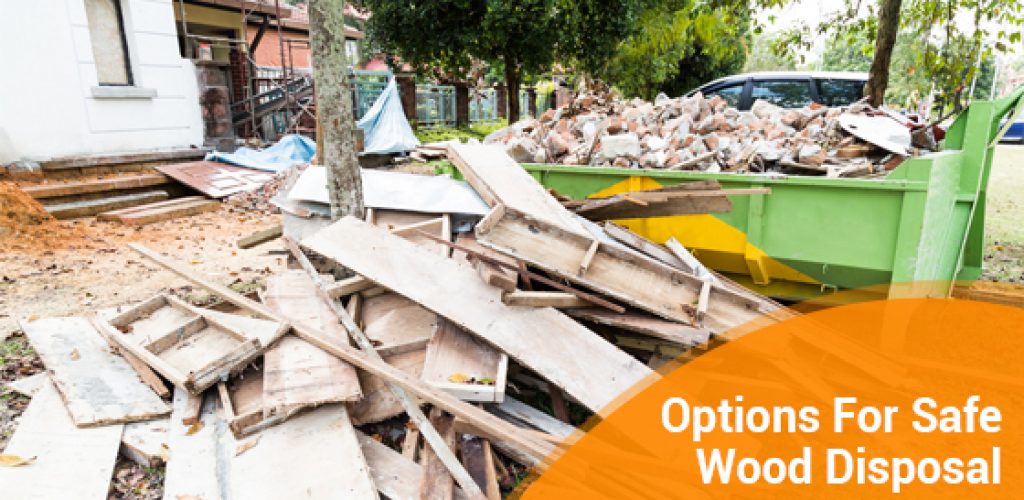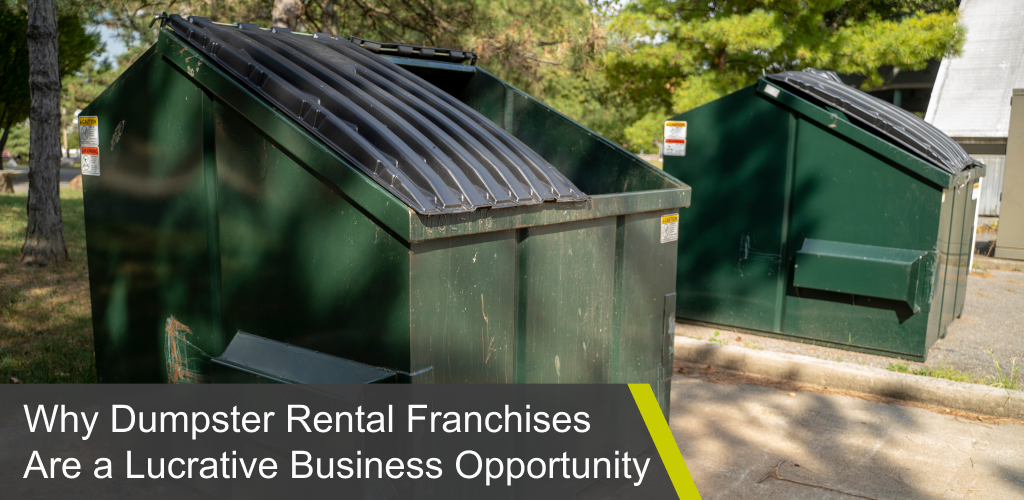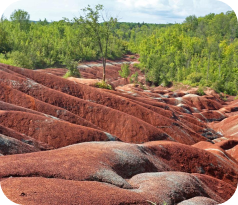5 Options For Safe Wood Disposal

Although wood is considered a renewable resource, conservation is a critical to sustainable forestry and protection of the environment. Wood is considered a solid waste, and while it can be disposed via landfills, there are much better options than disposal.
Sources of wood waste
Wood waste comes from both residential and commercial activities, and can include sawdust, scrap lumber, pallets, branches, twigs, and tree stumps. Typical sources of wood waste include wooden crates and pallets, building construction and demolition, furniture manufacture landscaping, old movie sets, landscaping, branches removed from orchards, and lumber mills, among others.
Options for disposing wood
- Disposing at a wood processing facility
The demolition and construction of buildings generates a considerable amount of solid waste, though businesses can benefit by not sending their waste to landfills. Disposing wood at a wood processing facility typically costs one-third of the cost of disposing the same amount of wood at a landfill, and some wood waste processors don’t even charge for disposal of clean wood.
- Reuse
Wood can be easily recycled to make new products. Consider donating your timber to a high school wood shop. Pallets and wood shipping boxes can be easily repaired and reused over and over. Demolishing an old fence can give you beautifully weathered wood for your landscaping projects.
Treated woods such as utility poles and railroad ties are particularly well suited for reuse, and can be used to build bridges, fences, and barriers in parking areas, or simply to control erosion. However, you should be aware of potential soil and water contamination, as well as public health concerns associated to wood treatment with CCA – chromate copper arsenate. Lead painted wood can also be dangerous.
- Recycling
You can process wood waste that cannot be reused in its original form into a range of products, including compost for soil enhancement, sawdust for animal bedding, mulch for weed control, wood flour for cleaning up spills, fuel pellets for wood stoves, or wood chips for landscaping/trail stabilisation.
Wood can be composted to make compost and soil amendments that conserve water, reduce soil erosion, and reduce or completely eliminate the need for fertiliser.
- Biomass-to-energy
If reuse and recycling and compost are not possible options for you, the next best thing is to send the wood to a biomass-to-energy producer that can generate electricity or steam with the wood. Although the combustion of any fuel results in emissions, burning wood is fairly “clean” compared to most fossil fuels.
- Landfill
Sending the wood to a landfill should be the last disposal option.
So, which is best?
If you have a choice of multiple options, it is best to avoid discarding that wood. And when discarding is inevitable, the next best option is to find another use for the wood that will go through the least possible amount of processing before reuse. If you can’t figure out a way to dispose your wood, consider using a junk removal company’s wood removal services as they have access to many options.













